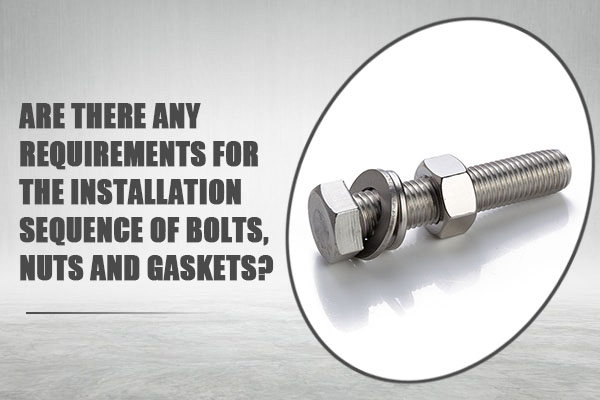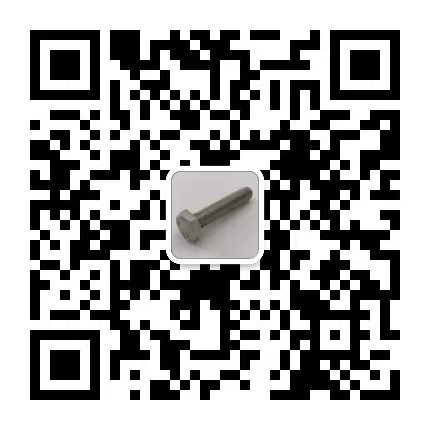VIDEO & CENTER

I believe that many people in the installation of bolts, will encounter the nut, washer, screw installation sequence, this can not be vague, this is related to safety and fastening, a little negligence may damage the parts, then the No. 1 for you to explain the mechanical industry is there a clear regulation? By the way, I will explain the installation sequence of screws, nuts and gaskets
Why add a spring washer to the bolt? What does it do?

First to explain the above problem, the elastic pad is to strengthen and prevent loose.
Imagine that a bolt is installed into a threaded hole, and if the equipment vibrates for a long time, the combination of bolts and threads may become loose or even fall off. If a spring washer is set on the bolt, after the bolt is fixed with the threaded hole, the possibility of loosening and falling off the bolt will be greatly reduced due to the action of the elastic force of the middle spring washer.
Bolt combination Why flat washer on lower spring washer on top?
It is well known that a bolt assembly is equipped with only one spring washer or only one flat washer, or it can also be equipped with only one toothed two-piece assembly. The bolt assembly is generally installed in accordance with the sequence in the figure, the bolt gasket is installed first, and the nut is finally installed. There is indeed a reason for this assembly, but have you considered why the flat washer must be on the lower spring washer?
The correct way to place the spring washer is between the flat washer and the bolt, and its function is to effectively ensure the fastening of the bolt, especially when the bolt is loose within the spring washer elastic range, due to the spring washer elastic, the fastening effect of the bolt can still be ensured. If it is loose, it can be compressed again, and the spring washer after compression will be a plane, like a flat pad, but at this time the spring washer is a gasket after deformation, and it will have a counter-pressure elasticity after flattening, so the fastening effect is much stronger than the flat pad.
The more common insights as to why the spring pad is caught in the middle are:
1, flat pad contact pressing surface, due to the large contact area can protect the pressing surface.
- The spring washer is easier to slide up and down on the bolt than the flat washer, and the flat washer can reduce the disorderly movement of the spring washer and facilitate assembly.
- Increasing the flat pad will not affect the locking force of the spring pad itself, and the effect of preventing bolt loosening will not be affected in any way.
4, as for the problem of whether the bolt can be compressed after loosening, as long as the spring washer is still in the state of being compressed (not fully restored to normal), the bolt still has a compression effect, but the compression force decreases with the degree of bolt loosening.














